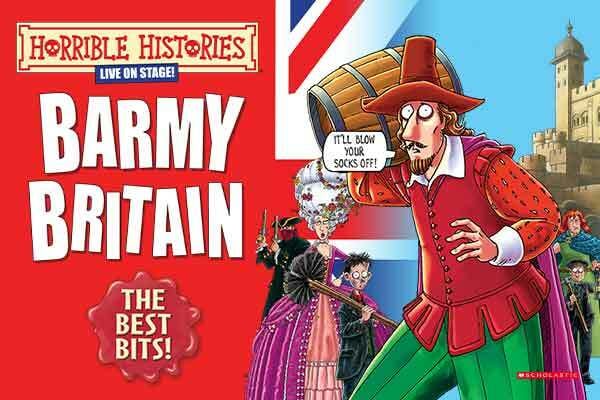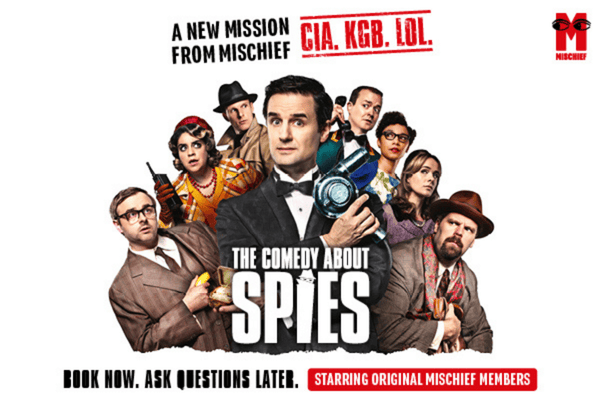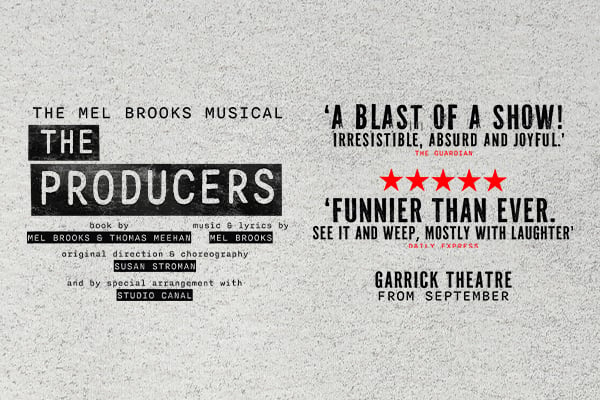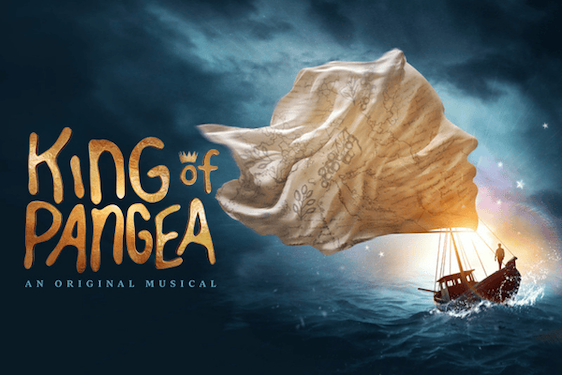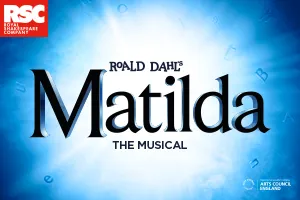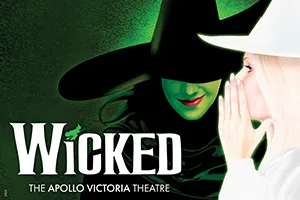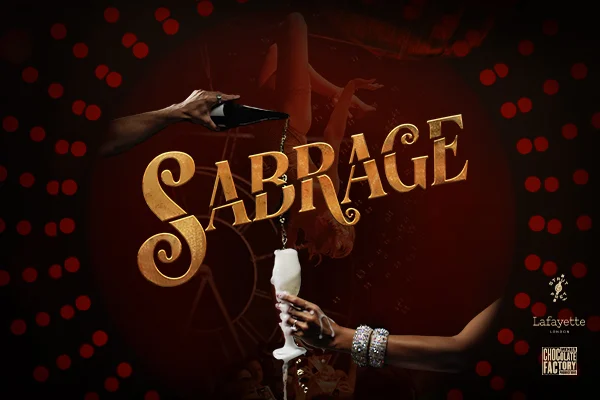Olivia Zerphy is one of four theatre artists with a passion for film who formed Voloz Collective in 2019. Here she explains their distinctively creative and imaginative approach to the creation of their drama.
Audiences are able to fill in details for themselves, much like when reading a book.
Though theatre (thankfully) abandoned the Aristotelian belief centuries ago that theatrical plots should be linear and progressive and advance in ‘real time’, on-screen stories have always allowed for a more playful and anarchic relationship with time: it is rarely sequential, and frequently non-linear. In film, audiences are not left languishing in the same time, place or universe for more than the duration of a single shot (today, that’s around a whopping 2.5 seconds). Any time taken to transition between locations, characters, or worlds is cut or simply not filmed.
Voloz works to appropriate some of the nimbleness of cinema into a new type of physical theatre storytelling.
To allow for rapid transitions - akin to cutting between shots - we strip images down to their most essential components. If we want to show an aeroplane, we have to accept that we are four people with limited limbs. It’s impossible to represent the geometric reality of a plane - the angles, the shapes, the wings, the windows, the engine - and maintain the ability to transition in and out of the image in the blink of an eye. So, we experiment - with some trial and a lot of error - to determine the essential visual signifiers of a plane. In The Man Who Thought He Knew Too Much, we landed on (pun intentional) a classic row of oval windows, which we create using our arms and torsos.
This style allows for the same type of fast-paced, visual storytelling as seen in film. Our main character sees a figure in the distance, then the figure is behind them, they run, see the far-off city skyline, they are on top of a building from that skyline, a car passes 300 stories below, the driver inside the car is fiddling with the radio when a person crashes onto the roof. All this takes place in under a minute of stage time.
For each sequence in the show, we are conscious of what cinematic styles and directors we are paying homage to and allow this to influence the nature of our images and transitions. We are particularly inspired by Wes Anderson’s dynamic symmetry, Tarantino’s revisionist history, and Dan Kwan’s unrelenting speed.
Where the work of Voloz differs from film is the space we leave for the audience. In a movie, if the plane is an Airbus A330, you see an Airbus A330 - there’s nothing mysterious, nothing left to the imagination. In our work, we signify rather than impose each image. Audiences are able to fill in details for themselves, much like when reading a book. Someone who grew up in the 1960’s might see a Boeing 707, but a young child may imagine a cartoon plane or a neon pink plane. The Man Who Thought He Knew Too Much would not be complete without the active participation of each audience member's imagination. And that is why, though we love cinema, we choose to make theatre.







